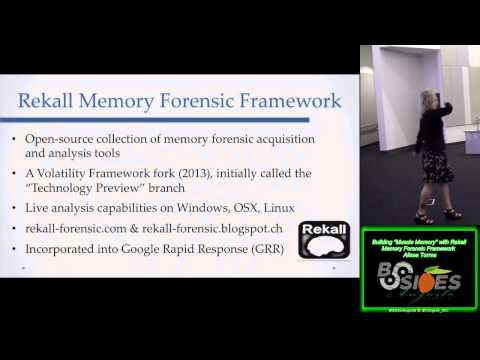Description:
Explore memory forensics techniques and the Rekall Memory Forensic Framework in this 53-minute conference talk from BSides Augusta 2015. Learn about evidence in memory, investigative methodology for identifying malware, and interactive Rekall sessions. Discover process enumeration methods, advantages of baselining, and how to detect rootkit behaviors. Gain insights into live analysis techniques and the AFF4 volume format. Enhance your skills in digital forensics and malware detection through practical demonstrations and real-world use cases.

Building a Muscle Memory with Rekall Memory Forensic Framework
Add to list
#Conference Talks
#Information Security (InfoSec)
#Cybersecurity
#Digital Forensics
#Memory Forensics